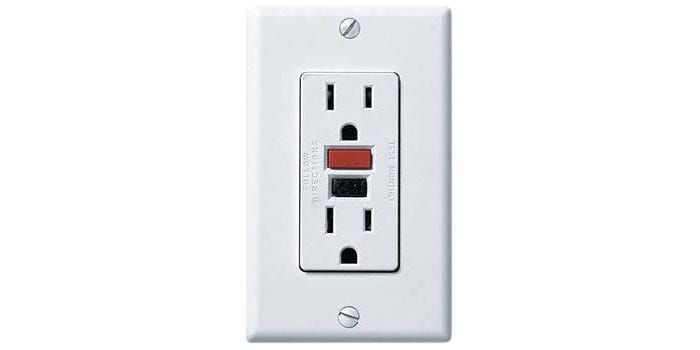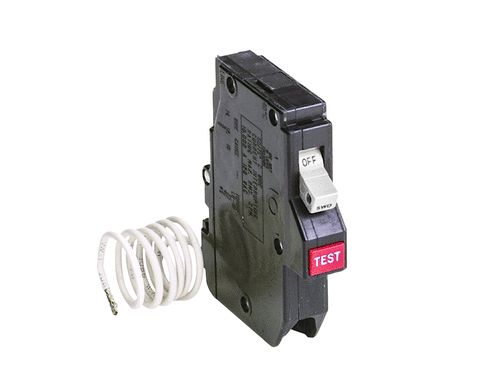What’s better, a GFCI outlet or a GFCI circuit breaker? BILL H., CASPER, WYOMING
Both are equally lifesaving devices that have contributed to the steady drop in electrocutions from consumer products—down from 481 in 1968 to 30 in 2015, according to the Electrical Safety Foundation International. Outlets and breakers with GFCI, which stands for ground fault circuit interrupter, monitor current flow on the ungrounded (the hot) and the grounded conductor (the neutral). When a tiny discrepancy occurs between the two conductors, that indicates an electrical leak or “fault” to ground. This trips the device and current flow stops. A person may receive a small shock but not a deadly electrical jolt.
One big advantage of a GFCI outlet is that it’s simple to test and reset, since the buttons are right there on the outlet. You don’t have to go to the service panel. Also, the receptacle can be installed nearly anywhere—like, say, an old bathroom. This immediately provides safety benefits, since the presence of water in that room increases the risk of electrocution. But if you have an old house, you often have small and crowded electrical boxes. A GFCI is slightly larger than a standard outlet, sometimes making it a tough fit. That’s when you’re better off with the circuit breaker. Whichever you use, I would advise leaving the installation of either GFCI to a licensed electrician.
Original Source: https://www.popularmechanics.com/home/interior-projects/a18212346/gcfi-outlet-circuit-breaker/



